A salt-free water softener is an innovative water treatment device designed to address hard water issues without the use of traditional salt-based systems. Instead of relying on ion exchange like salt-based softeners, these systems utilize various technologies, such as template-assisted crystallization or catalytic media, to prevent mineral build-up and scale formation in pipes and appliances. The Aquasana water softeners are particularly favored by individuals seeking an eco-friendly and low-maintenance solution to improve water quality. Salt-free water softeners are suitable for those looking to reduce their environmental impact and avoid the ongoing expense and inconvenience of salt replenishment. If you are looking to buy whole house salt free water softener, visit Alibaba.com today and explore the many options that they have.
Why use salt-free water softener?
Salt-free water softeners are environmentally friendly, as they don't require the regeneration process that involves salt and water waste. They are also considered low-maintenance, eliminating the need for regular salt refills and reducing the overall cost of ownership. For those concerned about sodium intake, Aquasana salt free water conditioner provides a viable alternative. These systems are gentler on plumbing and appliances, preventing scale without the potential corrosion associated with salt-based softeners. People with specific health concerns, eco-conscious individuals, or those seeking a hassle-free water treatment solution find salt-free water softeners a compelling choice.
Different types of salt-free water softeners
Salt-free water softeners come in various types, each employing different technologies to combat hard water. Template-assisted crystallization (TAC) systems utilize specialized media to transform hardness minerals into crystals that won't adhere to surfaces. Electronic descalers generate electromagnetic fields to alter the structure of minerals, preventing them from accumulating. Catalytic media systems enhance the precipitation of hardness minerals, reducing their ability to adhere to surfaces. Some combination systems may incorporate multiple technologies for increased effectiveness. The variety in types ensures that users can choose the salt-free water softener that best suits their water quality and household needs.
How to use salt-free water softener?
Water softener systems are typically installed at the point of entry to the home's water supply. The installation process involves connecting the unit to the main water line. Once installed, salt-free water softeners operate automatically, requiring minimal user intervention. Regular monitoring of system indicators, if available, ensures proper functioning. Unlike salt-based systems, there is no need for routine salt replenishment or regeneration cycles. Users can enjoy the benefits of softened water without the ongoing maintenance associated with traditional water softeners.
What is salt-free water softener made of?
Salt-free water softeners are constructed using various materials depending on the specific technology employed. Template-assisted crystallization systems often feature specialized beads or media designed to facilitate the transformation of hardness minerals into crystals. Electronic descalers typically consist of durable electronic components encased in protective housings. Catalytic media systems may use materials like ceramics or metals that facilitate the alteration of mineral structures. The housing of the unit is typically made from corrosion-resistant materials such as plastic or stainless steel to ensure longevity and durability. The construction of tac water softener reflects the advanced technologies utilized in these systems, combining efficiency with durability for reliable water treatment.








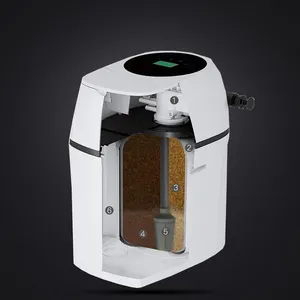








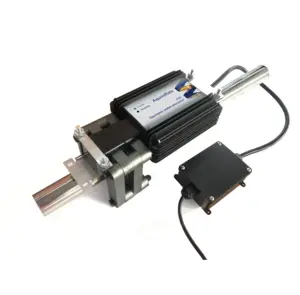







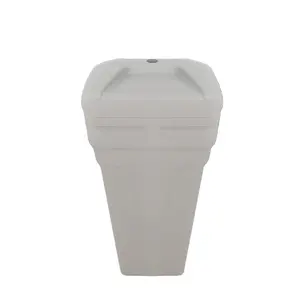
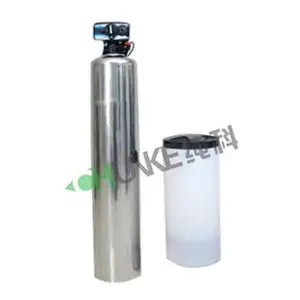



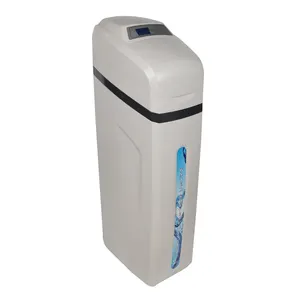


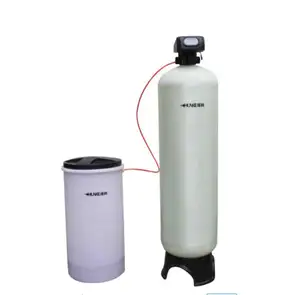




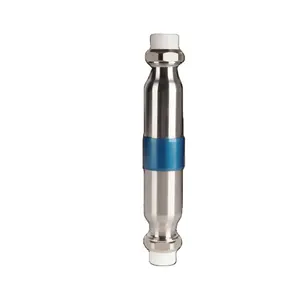
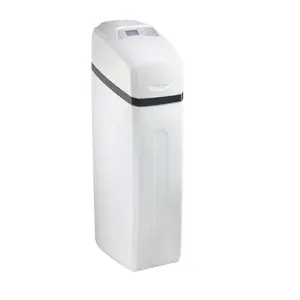


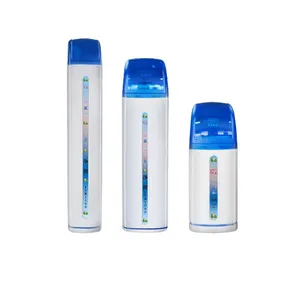



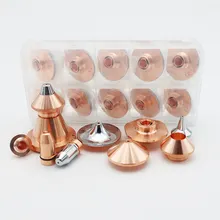






























 浙公网安备 33010002000092号
浙公网安备 33010002000092号 浙B2-20120091-4
浙B2-20120091-4